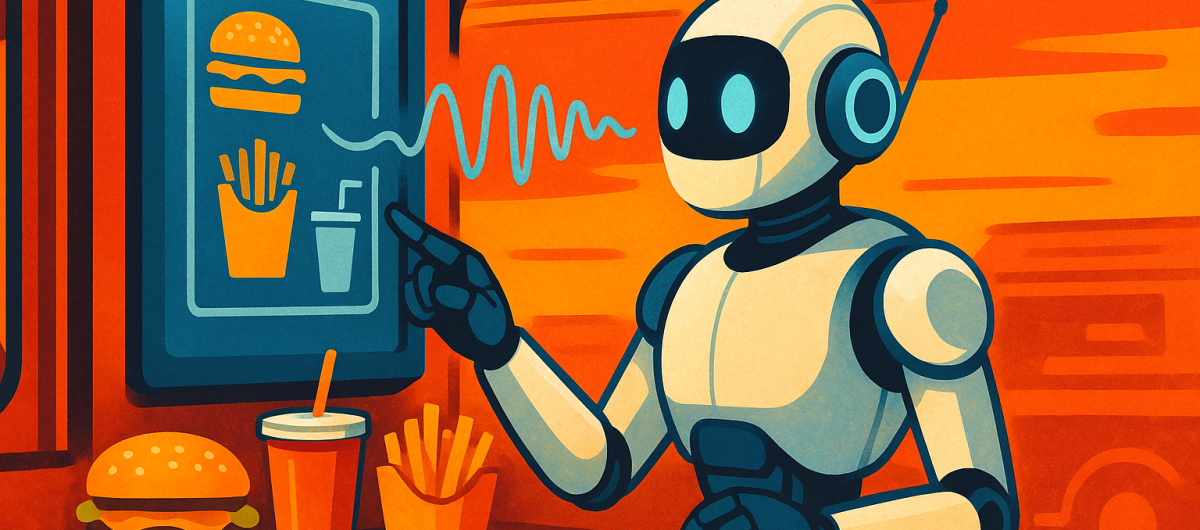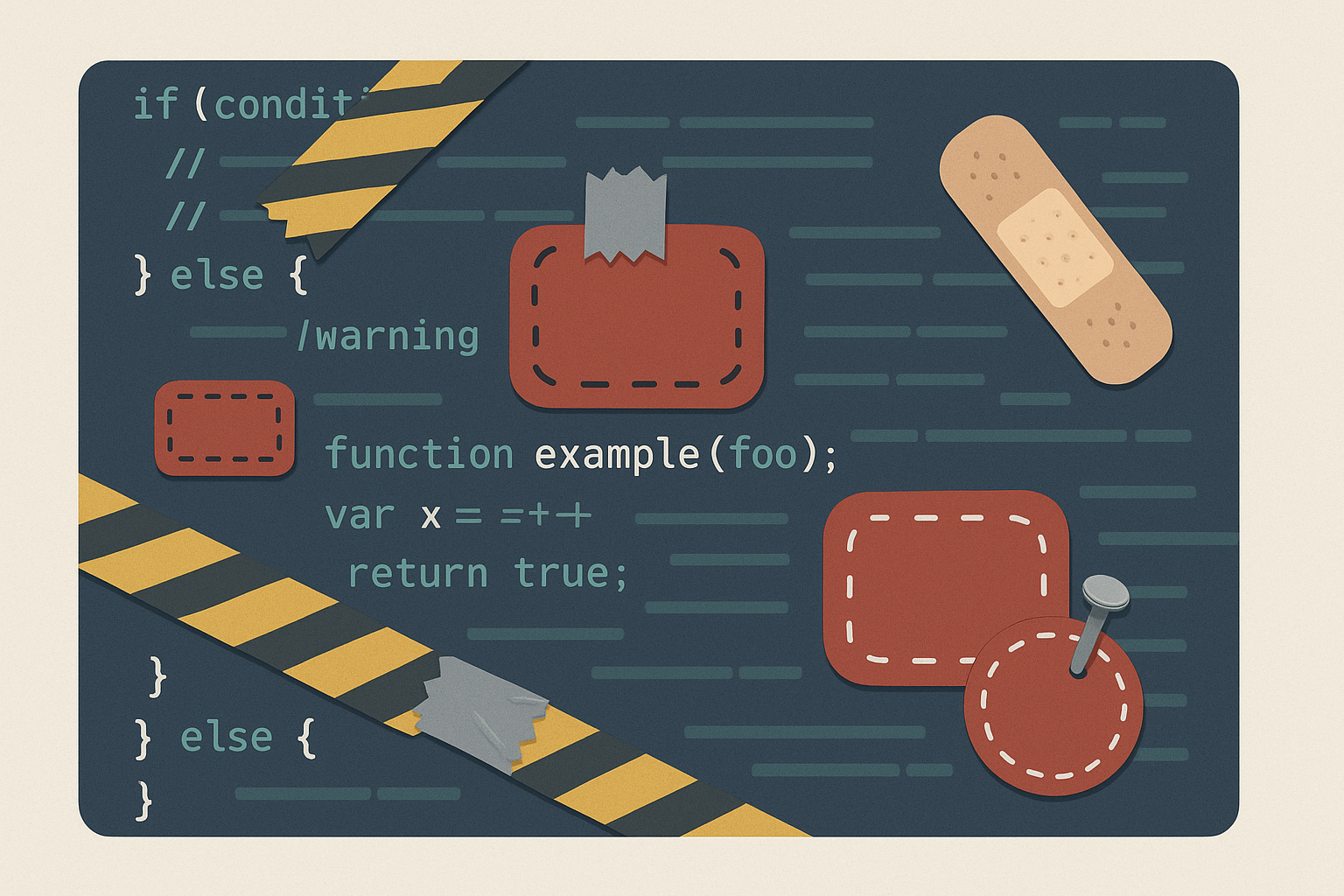What’s going on with AI in restaurants?
Artificial intelligence (AI) is changing the fast food game—from how we order to how stores are managed in real time. Some of the tools already in use include:
- Smart kiosks that understand customer voice commands
- Systems that suggest personalized combos
- Predictive analytics to adjust prices, manage inventory, and optimize wait times
AI promises to cut down on human error, speed up service, and improve the customer experience. But it hasn’t all gone smoothly. Some tests have failed in ways that were honestly pretty hilarious.
McDonald’s: From Ice Cream with Ketchup to Smarter AI Moves
McDonald’s was one of the first to dive into this space. In 2019, they bought Apprente, a voice AI startup, and later teamed up with IBM to test automated voice ordering at over 100 restaurants.
The goal was big: get AI to understand spoken orders, even with customizations or background noise.
But the internet quickly caught on to the mistakes:
- One customer ordered plain ice cream… and the AI added ketchup and butter
- In another car, the AI turned “McChicken” into something that doesn’t even exist: a “McPickle.” Clearly, the algorithm had pickles on the brain
- Some orders were duplicated or sent to the wrong car
After all the mess, McDonald’s shut down the voice-ordering project in 2024. But they didn’t walk away from AI entirely. Now the company uses it in other areas:
- Data analysis to predict demand and adjust menus
- Dynamic pricing based on time of day or weather
- Operational optimization, including staffing and logistics
Wendy’s: Less Chaos, Smarter Tweaks
Wendy’s learned from McDonald’s chaos. In 2023, they launched FreshAI, a system built with Google Cloud to handle voice orders. And while it had some hiccups, the results were way better:
- One customer paused mid-order… and the AI canceled it, thinking they left
- Another got their order repeated in Spanish—even though the restaurant staff didn’t speak Spanish
- Some people said the AI kept asking them to repeat themselves, even when they were speaking clearly
Even so, FreshAI helped reduce average order time and reached up to 99% accuracy in well-calibrated locations.
As of 2025, it’s up and running in over 160 U.S. stores, with active plans to grow past 500.
What’s next?
The takeaways are clear:
- AI doesn’t replace staff—it supports them
- The best systems mix voice tech with visual screens to confirm orders
- AI still struggles with accents, long pauses, or local slang—but it keeps improving
- McDonald’s is sticking to “behind-the-counter” AI, while Wendy’s is leading the charge in customer-facing tech
Since 2019, several fast food chains have bet on AI to transform how they operate. Taco Bell, KFC, and Pizza Hut—all under Yum Brands—have teamed up with Nvidia to bring AI into order-taking and franchise performance analysis.
Each brand is moving at its own pace, but they all agree on this: AI doesn’t just make service faster—it reshapes operations and makes customer experiences more personal.
AI in fast food is far from perfect, but it’s already useful. McDonald’s showed what not to do. Wendy’s is proving it can work—with testing, fine-tuning, and a little humor.
This whole process shows one thing clearly: even the smartest models can totally misread a cue. Like, say, ketchup on ice cream—courtesy of a creative but clueless AI.






